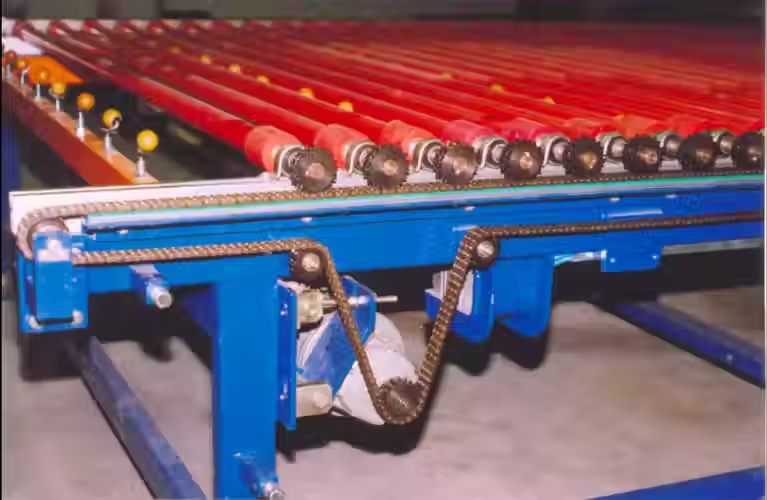Vibratory Feeder Manufacturers in India
- Jaswanth srinivas
- Nov 7, 2024
- 3 min read
Vibratory Feeder Manufacturers in India
A Vibratory Feeder Manufacturers in India is a device that uses vibration to move materials, usually in bulk, through a controlled pathway for processing or packaging. These feeders are integral to industries like food processing, pharmaceuticals, automotive, and electronics, where they help streamline operations by delivering parts or raw materials to different stages of the production line efficiently. Manufacturing vibratory feeders involves multiple steps and requires precision engineering to ensure reliable and consistent performance.
Key Components of a Vibratory Feeder
The primary components of a vibratory feeder include:
Feeder Tray or Bowl: The tray, which holds the material, is typically custom-designed based on the size, weight, and shape of the items it will transport. The bowl is a common design for smaller components, especially in industries where parts need to be fed in a particular orientation.
Drive Unit: The drive unit generates the vibrations necessary for moving materials along the tray. It consists of electromagnetic coils, leaf springs, or other vibration-inducing mechanisms. Most drive units are adjustable to control the intensity and frequency of vibration, allowing customization based on material properties.
Controller: The controller allows for precise adjustments in vibration frequency and amplitude, ensuring smooth and efficient material flow. Advanced controllers may include features like digital interfaces and automated feedback systems for better control over the feeding process.
Base and Mounting System: The feeder is mounted on a solid base that stabilizes the system and absorbs vibrations. Proper mounting ensures minimal interference from external factors, keeping the feeder's performance consistent.
Manufacturing Process of Vibratory Feeders
Design Phase: The manufacturing process begins with designing a feeder system that meets the specific needs of the application. Engineers gather details like material properties, desired feed rate, and environmental conditions, which are then used to create a blueprint. Computer-aided design (CAD) software is commonly used to design the feeder tray and optimize the flow of materials through simulations.
Material Selection: Materials for manufacturing the feeder need to be durable and often resistant to wear and corrosion. Stainless steel, aluminum, and specialized alloys are popular choices due to their strength and durability. For specific industries, food-grade or pharmaceutical-grade materials are selected to meet regulatory standards.
Fabrication: The feeder tray, base, and other metal components are fabricated using processes such as cutting, bending, welding, and machining. Precision in fabrication is essential to ensure that the feeder operates smoothly and has minimal operational noise. High-quality welding techniques are employed to create robust joints that can withstand constant vibration.
Assembly and Integration of Components: During assembly, the drive unit, feeder tray, and controller are fitted onto the base. The alignment of these components is critical to ensure that vibrations translate smoothly and consistently into the tray without causing unintended displacement or material loss. Springs, if used, are carefully adjusted to match the design specifications.
Testing and Calibration: After assembly, each vibratory feeder undergoes testing to ensure it meets the desired feed rate, vibration intensity, and stability. Technicians calibrate the controller settings to fine-tune performance according to specific requirements. Quality testing also includes running the feeder with sample materials to check for consistent and accurate flow.
Finishing and Quality Control: Once tested, vibratory feeders may be polished or coated to enhance durability and aesthetic appeal. For feeders used in clean or food-processing environments, they undergo additional sterilization or coating procedures. Quality control checks are conducted to ensure all parts meet the design and safety specifications.
Installation and Maintenance Support: Manufacturers often provide installation support to ensure the feeder integrates seamlessly into the customer's production line. Training and documentation on maintenance are also supplied, as regular upkeep is essential to prolong the feeder's operational life.
Conclusion
Manufacturing vibratory feeders is a multi-faceted process involving design precision, careful material selection, and rigorous testing. Through meticulous engineering and quality assurance, vibratory feeders can be tailored to meet the diverse needs of different industries, ensuring efficient material handling and supporting the smooth operation of complex production systems.




Comments